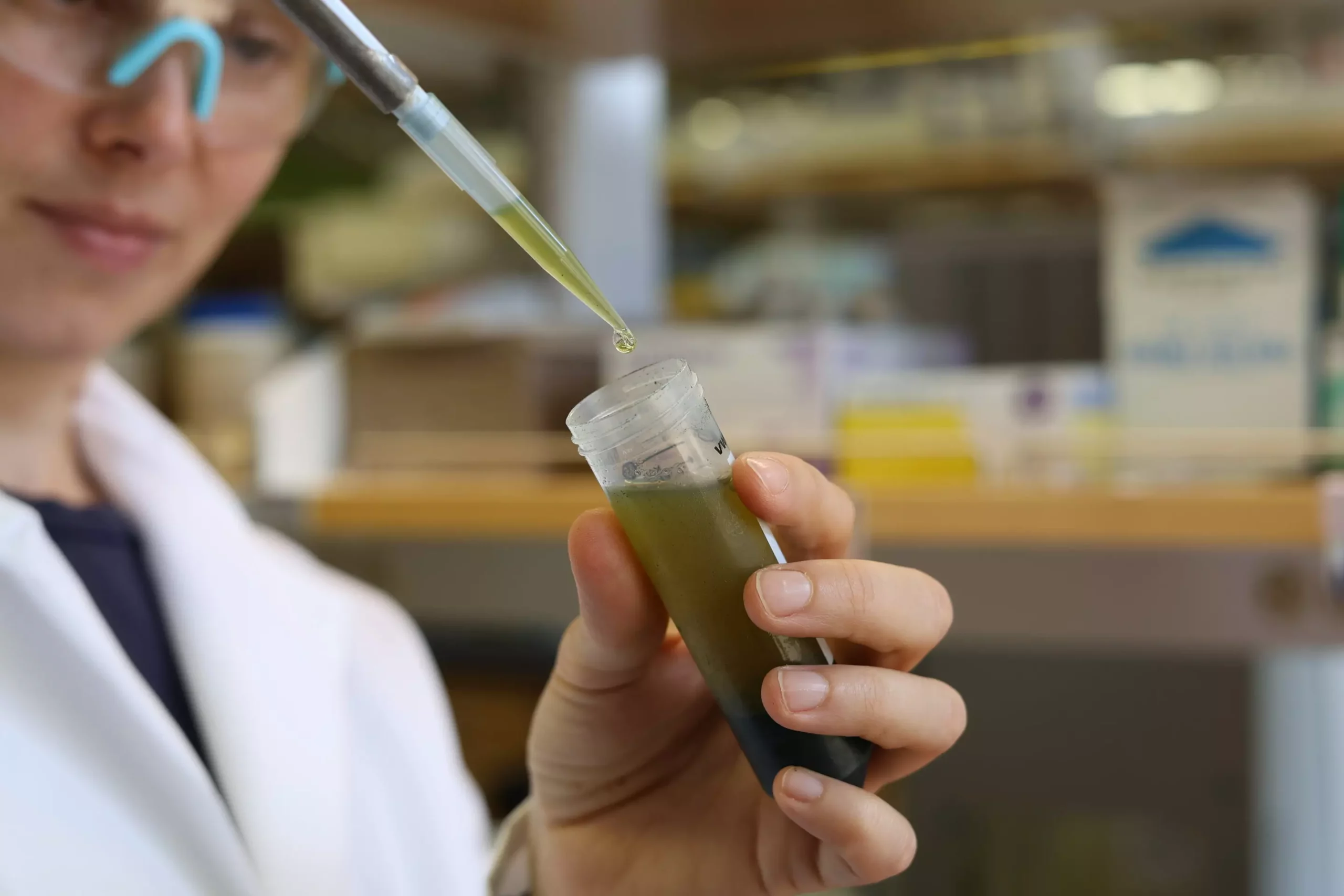Organofluorine compounds, known as “forever chemicals,” have been identified as a growing concern due to their presence in drinking water, oceans, and human blood. The potential threat they pose to the environment and human health has sparked interest in finding ways to track and trace these compounds to their sources. These chemicals are characterized by super strong molecular bonds that make them resistant to breaking down in the environment, leading to their accumulation as pollution in soil and organic materials.
Researchers at The University of Texas at Austin have developed a novel technique to fingerprint forever chemicals, providing a means to identify and track their movements in different environments. By passing samples through a strong magnetic field and analyzing the burst of radio waves emitted by their atoms, researchers can determine the composition of carbon isotopes present in the molecules. This breakthrough allows for the unique fingerprinting of these chemicals, a task that was previously considered challenging.
The technique developed by the researchers relies on nuclear magnetic resonance (NMR) spectroscopy, which enables the measurement of a molecule’s structure and identification of its isotopes without the need to break the molecule apart. The bonding of carbon isotopes to fluorine in forever chemicals creates virtually unbreakable molecular bonds, making conventional chemical fingerprinting methods ineffective. Utilizing NMR spectroscopy, researchers can determine the mix of carbon isotopes at each position in the molecule, providing a unique fingerprint for tracking purposes.
The implications of this new fingerprinting technique are far-reaching. By being able to trace the source and movement of forever chemicals in the environment, scientists can better understand their impact and devise strategies to manage and mitigate their spread. The technique has been tested on various samples, including pharmaceuticals and pesticides, with promising results. Researchers are hopeful that this method could be adopted by state and federal agencies to monitor the presence of water-borne forever chemicals in different settings.
Beyond the tracking of forever chemicals, the new technique opens up a realm of possibilities in organic chemistry. It could be applied to diverse fields such as detecting counterfeit drugs and astrobiology. The ability to obtain detailed isotope information at the molecular level offers insights into metabolism on early Earth and could lead to further discoveries in related fields. The interdisciplinary approach used by the researchers, combining chemistry and geosciences, showcases the potential for collaboration across different scientific disciplines to address complex challenges.


Leave a Reply